Free consulting engagement letter template
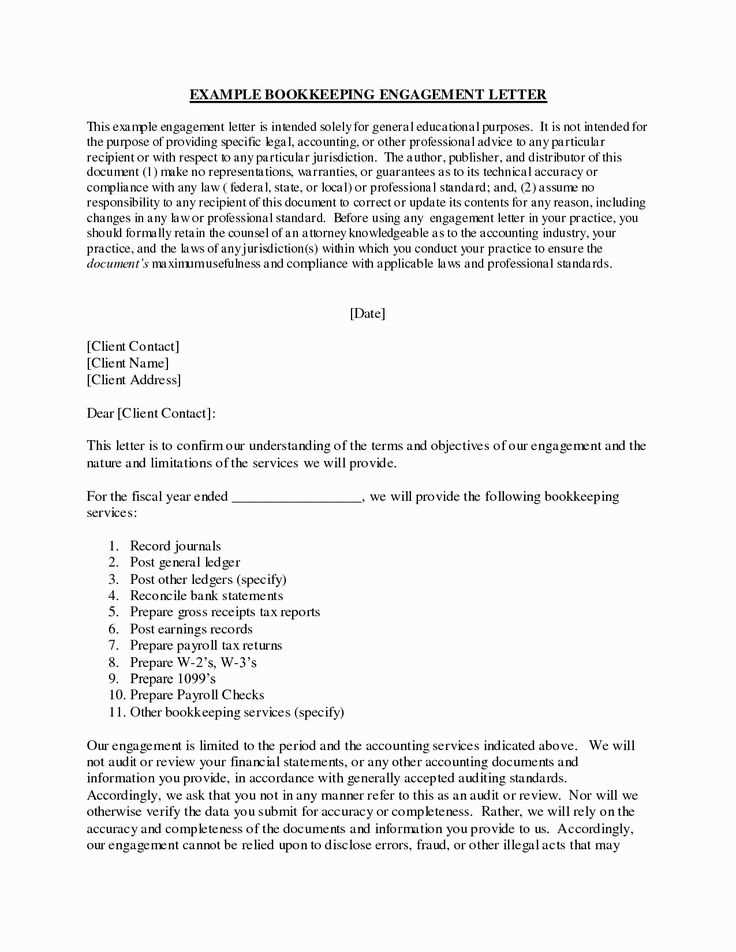
To ensure clear expectations from the start, a consulting engagement letter is a must-have document when entering into a consulting relationship. This template can help you establish the scope of work, timelines, and payment terms, setting the groundwork for a smooth and transparent collaboration.
A well-crafted engagement letter protects both the consultant and the client by outlining responsibilities and deliverables. It includes sections on the nature of the work, fees, confidentiality, and other critical terms that prevent misunderstandings later. The clearer the terms, the more effective the engagement will be, benefiting both parties.
In addition, using a template saves time and effort, especially for those new to consulting agreements. You can modify the template to suit specific needs, whether you’re offering general consulting services or specialized expertise. A good letter sets expectations from the beginning, avoiding potential disputes or confusion down the line.
Here’s the Revised Version:
Ensure that the engagement letter includes a clear statement about the scope of the consulting services. Define what tasks are included and what are excluded to avoid misunderstandings. Mention any expected deliverables and the timeline for their completion. Specify the consultant’s fees, payment terms, and any expenses that may be reimbursed. Be clear about confidentiality expectations and any intellectual property rights related to the work produced. Include a section on termination clauses, outlining the conditions under which either party may end the agreement. Finally, both parties should sign the agreement to confirm their consent to the terms outlined.
- Free Consulting Engagement Letter Template
A consulting engagement letter sets the framework for the relationship between a consultant and their client. It outlines the terms of the agreement, including scope, payment, and responsibilities. Below is a simple template you can adapt for your own consulting agreements.
Template Overview
This template includes essential sections such as:
- Introduction: Briefly introduces the parties involved and the purpose of the engagement.
- Scope of Work: Clearly defines the services to be provided, including timelines and specific deliverables.
- Payment Terms: Details about compensation, payment schedules, and any additional expenses that may be incurred.
- Confidentiality: Outlines the expectations regarding the handling of sensitive information.
- Termination Clause: Specifies the conditions under which either party can terminate the engagement.
- Signatures: Section for signatures of both the consultant and the client to confirm their agreement.
How to Use the Template
Adjust the sections according to the specific nature of the consulting engagement. Make sure to define expectations clearly to avoid misunderstandings. Modify payment terms based on the project’s scope and complexity. Ensure both parties review the document thoroughly before signing.
A well-crafted consulting engagement letter clearly defines the expectations and responsibilities of both parties. The key components of such a letter include:
1. Scope of Services
The letter should outline the specific services the consultant will provide. This includes a detailed description of tasks, deliverables, timelines, and any limitations on the consultant’s role. This helps set clear boundaries for both parties and ensures alignment on the work to be performed.
2. Terms and Payment
Define the payment structure, including the rate (hourly or flat fee), payment schedule, and any expenses that will be reimbursed. Specify the method of payment and address any conditions under which payment can be adjusted or withheld.
3. Duration and Termination
Include the start and end dates of the engagement, as well as conditions under which either party can terminate the agreement early. This section can also outline any notice period required for termination and the consequences of early termination.
4. Confidentiality
Protect sensitive information by including confidentiality provisions. This clause ensures that both parties agree not to disclose proprietary or confidential information during and after the engagement.
5. Dispute Resolution
Set clear guidelines for how disputes will be resolved, whether through mediation, arbitration, or litigation. Specifying a location and jurisdiction for dispute resolution helps avoid future misunderstandings.
6. Indemnity and Liability
Define the limits of liability for both the consultant and the client. This may include indemnification clauses that protect each party from potential legal claims arising from the services provided.
7. Intellectual Property
Address ownership of intellectual property (IP) created during the engagement. Clarify whether the consultant or the client will retain rights to the IP, or if it will be jointly owned.
By including these components, both the consultant and client can maintain clear expectations and avoid unnecessary confusion. A well-defined letter provides a foundation for a successful and smooth consulting engagement.
Clearly defining payment terms in your agreement avoids confusion and sets expectations from the outset. Start by specifying the exact amount to be paid for services rendered, ensuring both parties are aligned on the compensation structure.
1. Define Payment Schedule
- State the frequency of payments (e.g., weekly, monthly, upon completion of milestones).
- List any upfront payment requirements, such as deposits or retainers.
- Clarify if payments are due on a specific date or within a certain number of days after an invoice is issued (e.g., 30 days net).
2. Payment Method
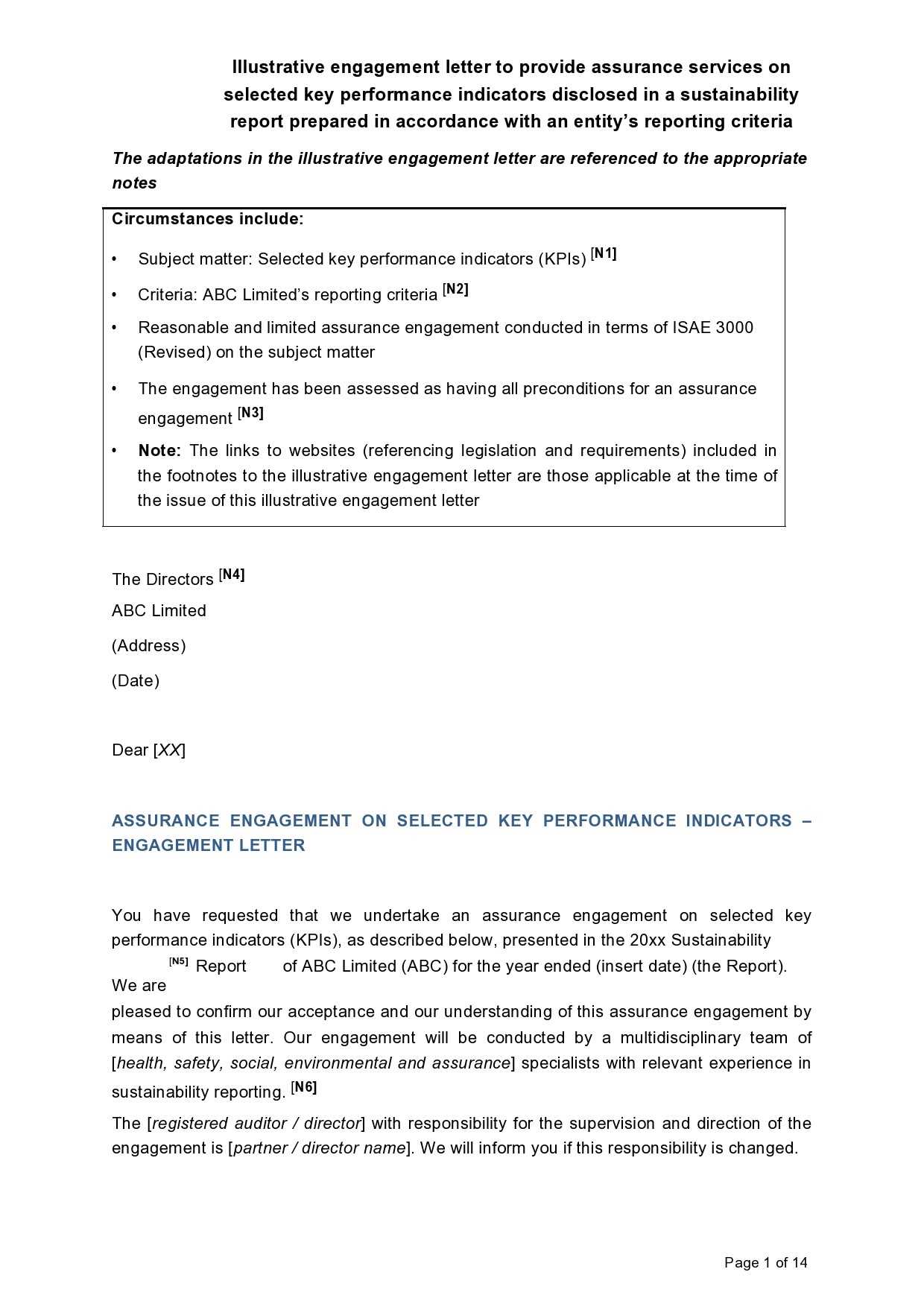
- Specify acceptable payment methods (bank transfer, credit card, checks, etc.).
- Detail any fees associated with particular payment methods, such as processing charges.
3. Late Payment Penalties
- Include a penalty or interest fee for late payments, such as a fixed percentage of the outstanding amount for each day overdue.
- State the grace period, if any, before penalties are applied.
4. Payment Disputes
- Outline a process for addressing disputes over payments, including timelines for resolution.
- Describe the steps for resolving payment disputes, such as negotiation or mediation, before legal action is taken.
Clearly outline the specific tasks, deliverables, and expectations in the scope of work section. Be as precise as possible to avoid ambiguity. Specify the exact nature of the work being provided, the timeline for completion, and the measurable outcomes that will be delivered. Break down the project into manageable stages if applicable, listing all key milestones and deadlines.
Incorporate Roles and Responsibilities
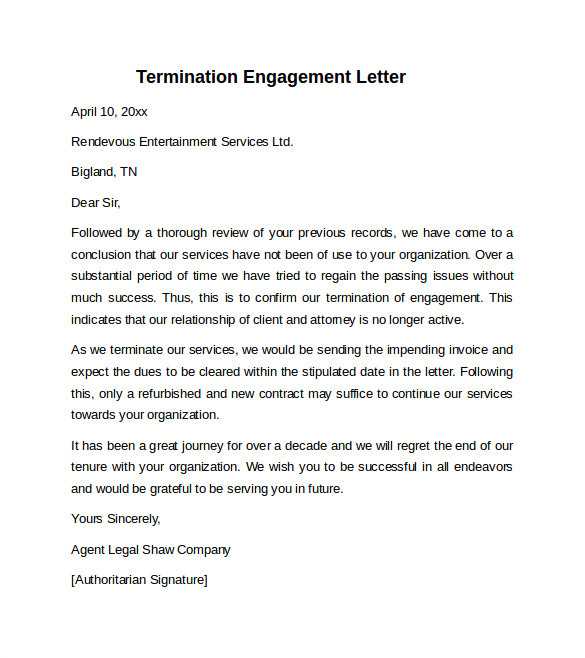
Assign clear roles and responsibilities to both parties involved. Define who will handle what, including resources, coordination, and approvals. This helps prevent misunderstandings and ensures each party knows what is expected from them.
Include Limitations and Exclusions
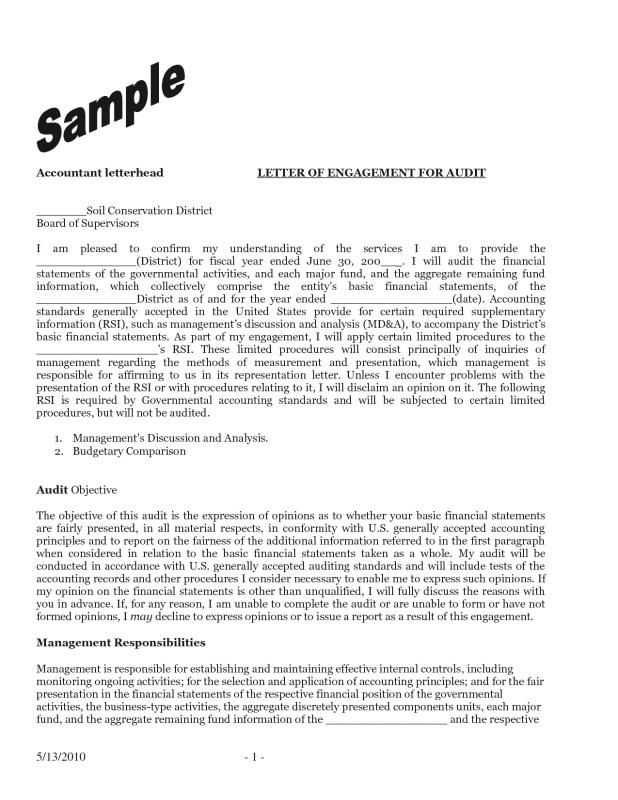
Outline what is not included in the scope of work. Address potential areas that could be outside the contract’s scope, helping to avoid disputes later on. Specify any exclusions that will not be covered, making it clear what the contract does not entail.
Include a clear clause stating that all information shared during the consulting engagement is confidential. Define what constitutes “confidential information” in the context of the project. Specify that neither party will disclose such information to third parties without prior written consent, except where required by law.
Establish the duration of confidentiality obligations. Typically, confidentiality should extend beyond the termination of the agreement, with a set period for protection (e.g., two years after the contract ends). This ensures sensitive details remain protected even after the engagement concludes.
Clarify exceptions to the confidentiality clause. For example, if the information is already public or if one party legally has to disclose the information, these scenarios should be explicitly outlined to avoid ambiguity.
Specify the return or destruction of confidential information upon completion of the engagement. This ensures that no sensitive data remains with either party after the contract ends, further protecting both sides.
Finally, include consequences for violating the confidentiality terms, such as legal actions or financial penalties, to reinforce the seriousness of maintaining confidentiality throughout the relationship.
Clearly define the start and end dates in the engagement letter. Specify the duration of the consulting services, whether it is for a set period or dependent on project milestones. This helps both parties understand the timeline and manage expectations.
Termination Clauses
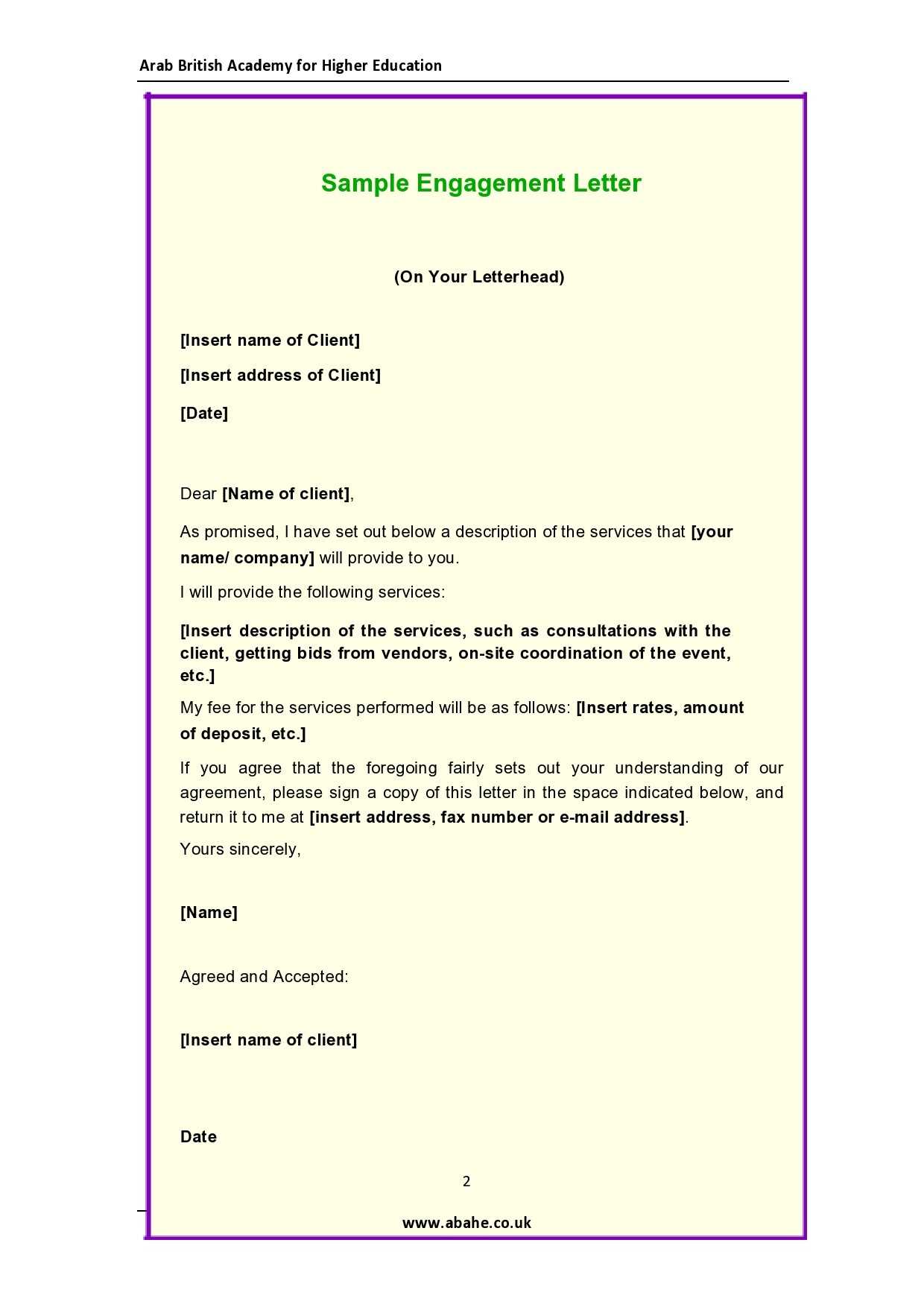
Include termination conditions that allow both parties to end the engagement early if necessary. Specify the notice period required, whether it’s a fixed number of days or based on certain events. Additionally, outline the circumstances under which the agreement can be terminated, such as non-performance, breach of contract, or mutual consent.
Consequences of Termination
State the obligations each party has upon termination, such as the return of confidential information, final payments, and completion of ongoing work. Address any outstanding deliverables and how they will be handled if the engagement ends before the completion of all tasks.
Clearly define the terms of the consulting agreement to prevent misunderstandings. Specify the scope of work, timelines, compensation, and deliverables. This ensures both parties understand their responsibilities and expectations.
Key Points to Address
- Confidentiality: Include clauses that protect sensitive information shared during the engagement. Non-disclosure agreements (NDAs) are often essential to safeguard business secrets.
- Intellectual Property Rights: Clearly state who owns any work or intellectual property created during the consultancy. If ownership remains with the client, ensure it’s explicitly mentioned.
- Termination Clause: Outline the conditions under which either party can end the agreement. Specify notice periods and any penalties that may apply.
Contractual Enforceability
A well-drafted consulting agreement is legally binding and enforceable in court. Ensure that the language is precise, unambiguous, and legally sound to avoid potential disputes down the line. Seek legal advice if necessary to ensure the agreement complies with local laws and regulations.
Review the list of key clauses to include in a free consulting engagement letter template:
| Clause | Description |
|---|---|
| Scope of Work | Clearly define the services the consultant will provide, specifying deliverables and timelines. |
| Payment Terms | Outline how and when payments will be made, including any agreed-upon rates or compensation models. |
| Confidentiality | Set expectations for handling sensitive information shared during the consulting engagement. |
| Duration | Specify the engagement period, including start and end dates, or conditions for termination. |
| Dispute Resolution | Agree on how disputes will be resolved, such as through mediation or arbitration. |
Each clause should be tailored to the specific terms agreed upon between the consultant and the client. These clauses protect both parties and ensure clear communication from the start.